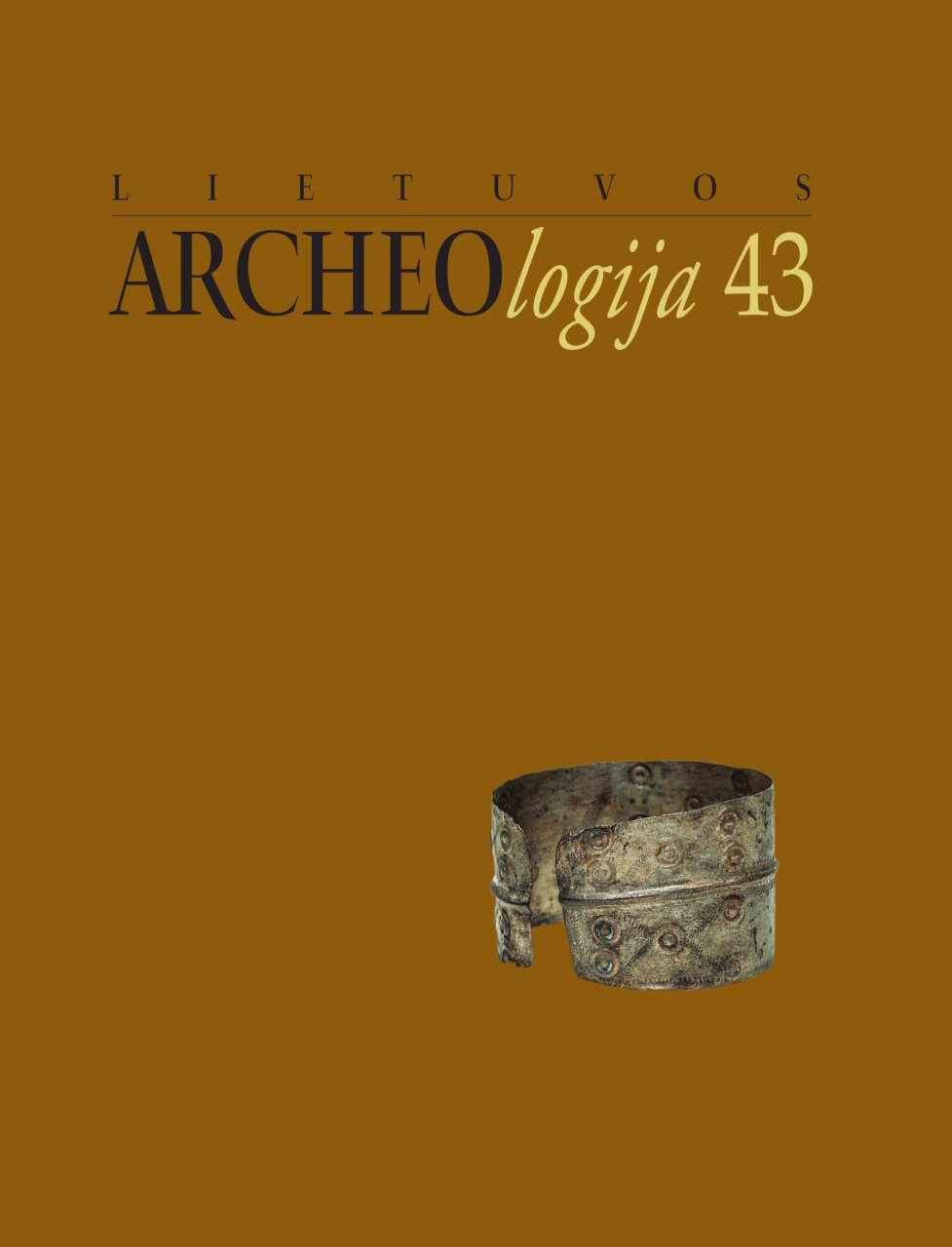Volume 43 (2017): Lietuvos archeologija, November 2017

Order by:
Pub. online: 20 Nov 2017
Type: Article
 Open Access
Open Access
Pub. online: 20 Nov 2017
Type: Article
 Open Access
Open Access
Abstract
Pub. online: 20 Nov 2017
Type: Article
 Open Access
Open Access
Abstract
Pub. online: 20 Nov 2017
Type: Article
 Open Access
Open Access
Abstract
Pub. online: 20 Nov 2017
Type: Article
 Open Access
Open Access
Abstract
Pub. online: 20 Nov 2017
Type: Article
 Open Access
Open Access
Abstract
Pub. online: 20 Nov 2017
Type: Article
 Open Access
Open Access
Abstract
Pub. online: 20 Nov 2017
Type: Article
 Open Access
Open Access
Abstract
Pub. online: 20 Nov 2017
Type: Article
 Open Access
Open Access
Gedimino Petrausko daktaro disertacija „Laidosena viduramžių Lietuvoje: mirusiųjų deginimo paprotys“
Pub. online: 20 Nov 2017
Type: Article
 Open Access
Open Access